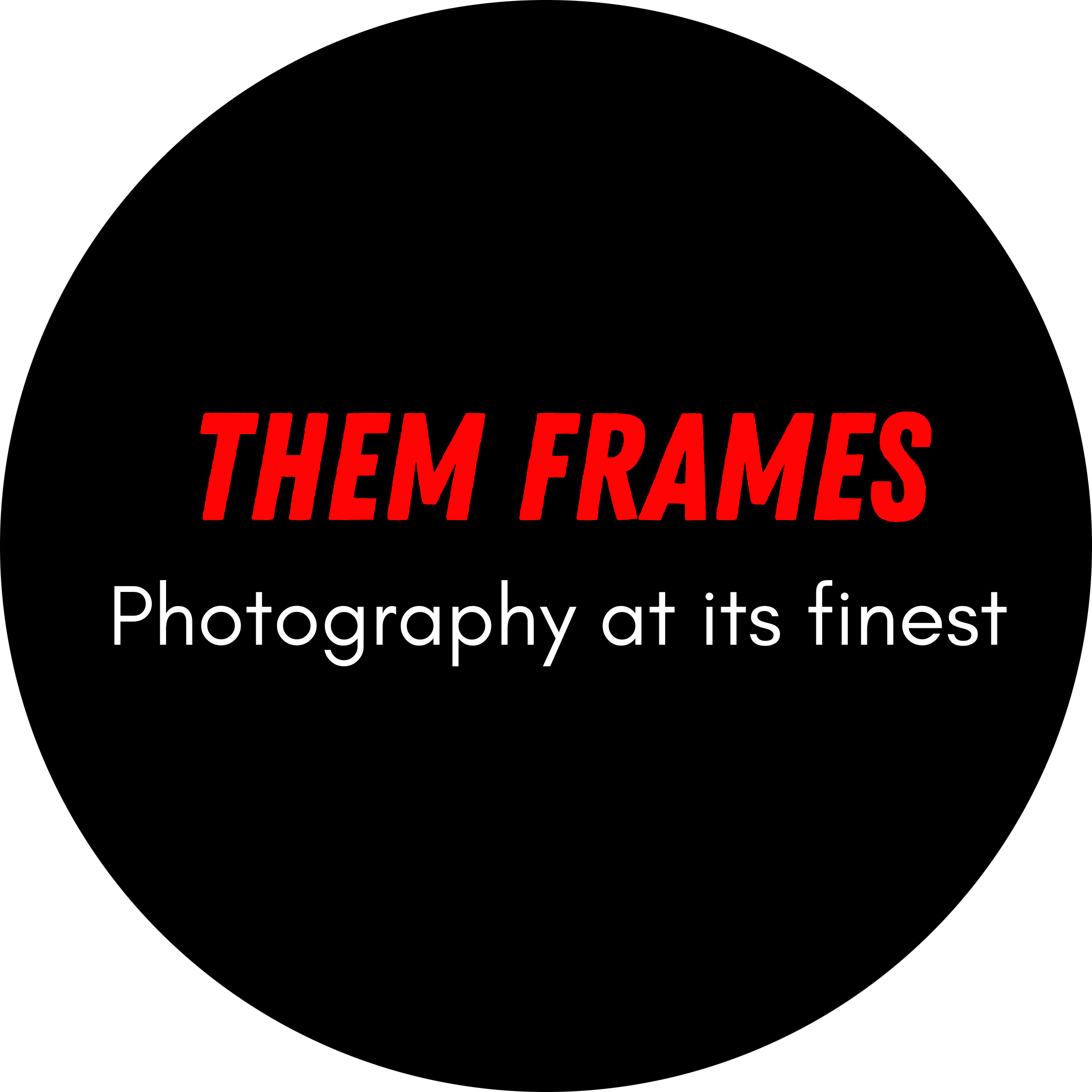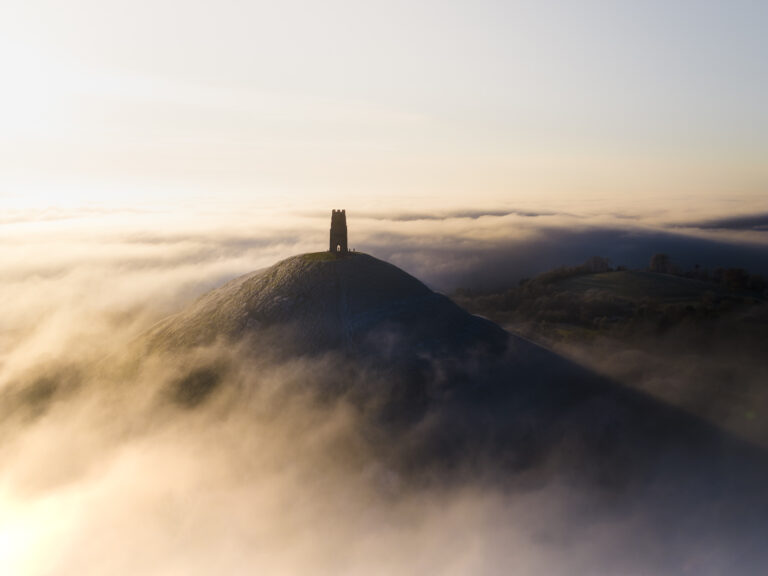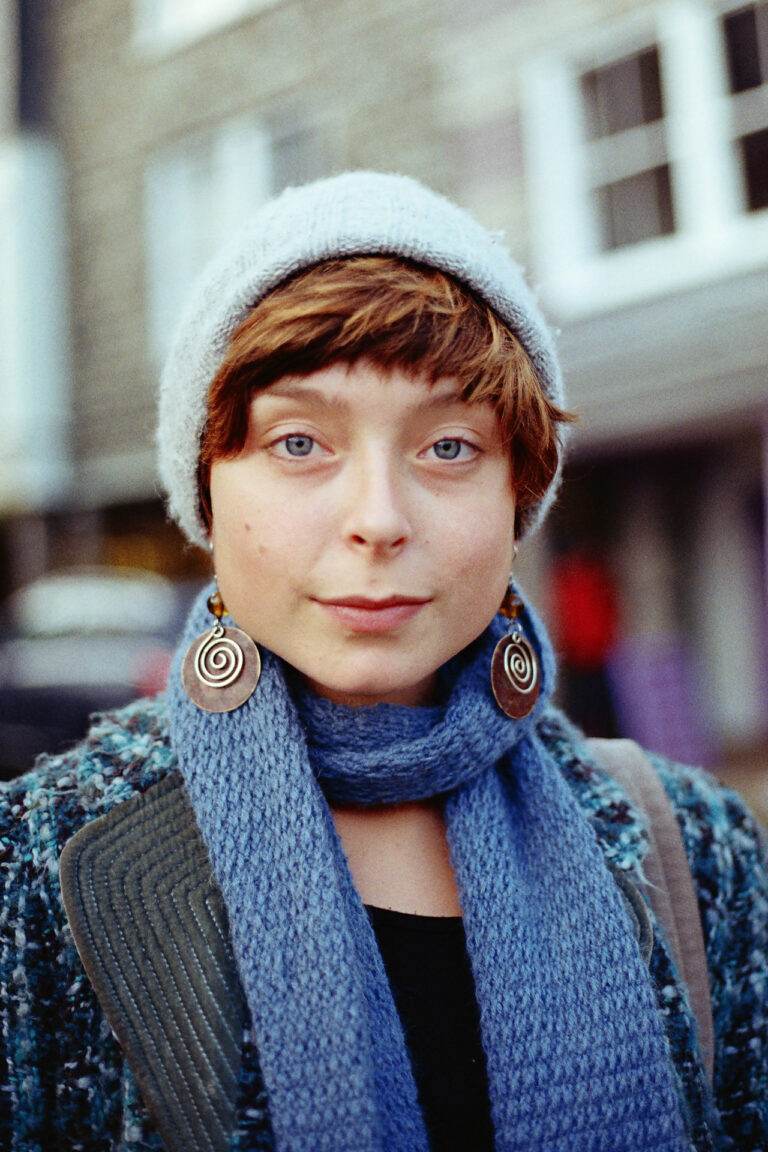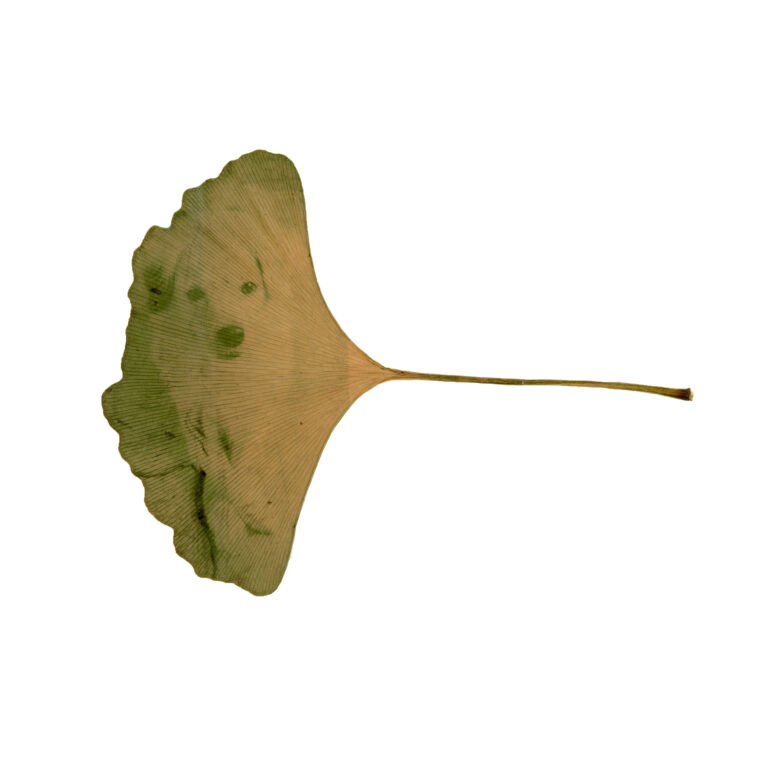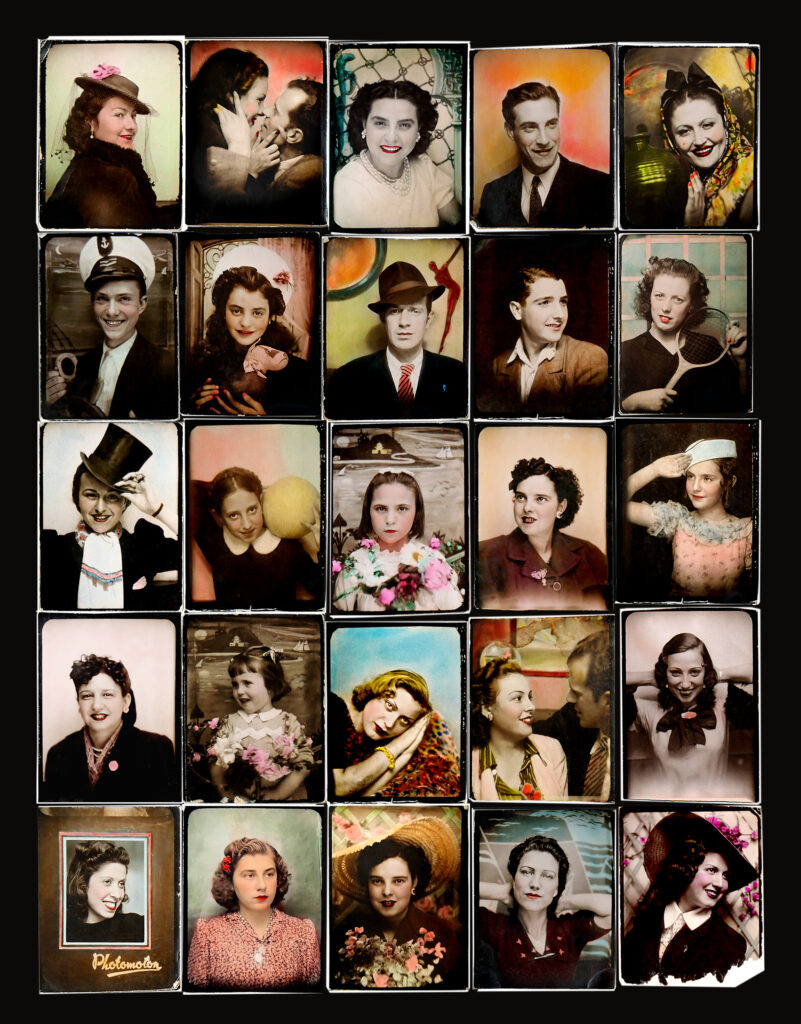
Lead image by Raynal Pellicer. All images used with permission.
Whether it’s 3AM and you’re six cocktails deep, or that second date when the feels begin to kick in, at one point or another, we’ve all found ourselves crammed into a photobooth. It’s the home of fun, fast photography; an iconic mainstay in societies across the globe. Well, that narrow, tall tube we love so much is celebrating its 100th birthday, and the crew at AutoFoto and The Photographer’s Gallery have teamed up to mark the occasion.
History & Rebirth
Born in New York City, the photobooth made photography accessible to the masses. It attracted 7,500 customers in its first five days, arrived in London in 1928 and is now found everywhere from festivals and weddings to your local grocery store.
It hasn’t been a smooth existence for analog photography booths. As digital cameras began to flood the consumer market, the allure of the photobooth started to fade, but thankfully never died. In 2009 AutoFoto was born, and the mission was simple: give the photobooth a new lease of life and make it attractive to the public once again.
A team of four — Rafael Hortala Vallve, Corinne Quin, David Boulogne and Francesc Romani — came together and began purchasing and restoring old, worn booths. The first booth popped up in a pizza restaurant in East London, and soon several others followed.
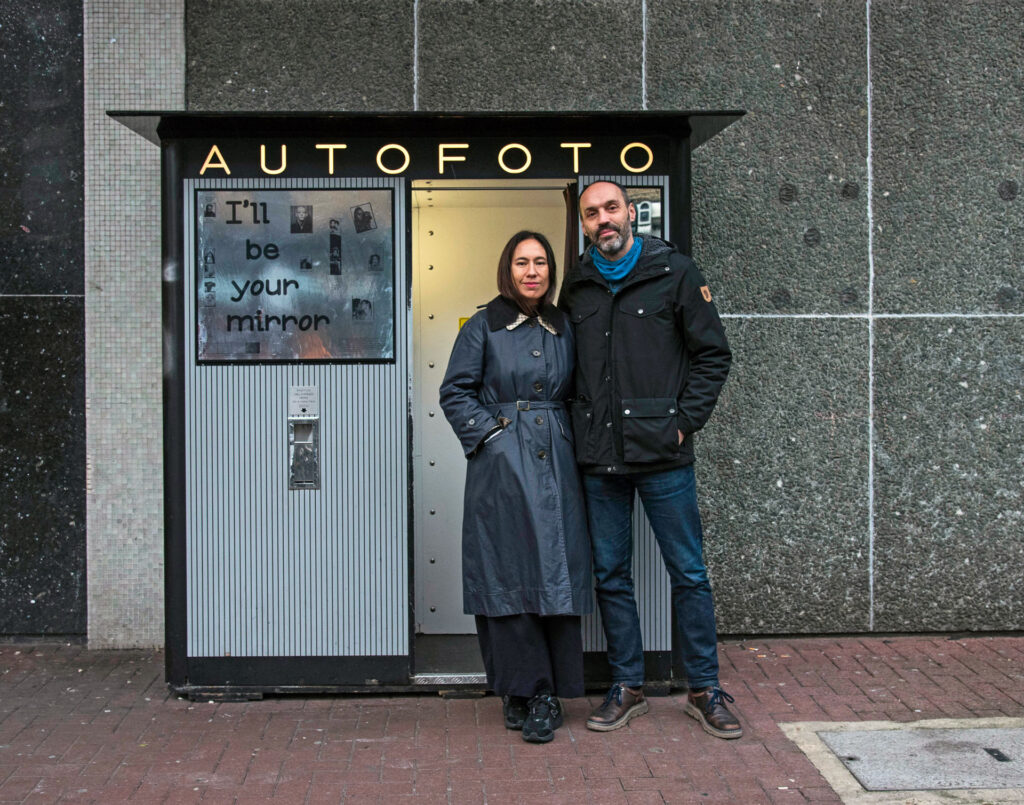
Rafael Hortala Vallve & Corinne Quin
Reaching 100 Years
Fast forward to today and the team has collaborated with The Photographer’s Gallery to create Strike a Pose! 100 Years of the Photobooth, a four-month exhibition running from October 10th to February 22nd, 2026.
Speaking ahead of the launch, I asked Hortala Vallve how it felt to be part of such a huge milestone for the photobooth. He told me:
“It feels really nice that something that started as a passion and a side project became so big. The path was not easy. We learned by trial and error, starting very innocently, trying to understand this machine and make our first machine work.”
Hortala Vallve explained how the fall from fame was huge for the photobooth, going from being deeply ingrained in 20th-century culture to being thrown in skips across Europe.
But, like many historical machines, organizations like AutoFoto work hard to keep it alive. “It feels really good to be a core part of this small subculture of operators around the world,” said Hortala Vallve. He continued, “The community is still growing, and it’s exciting to share knowledge with others.”
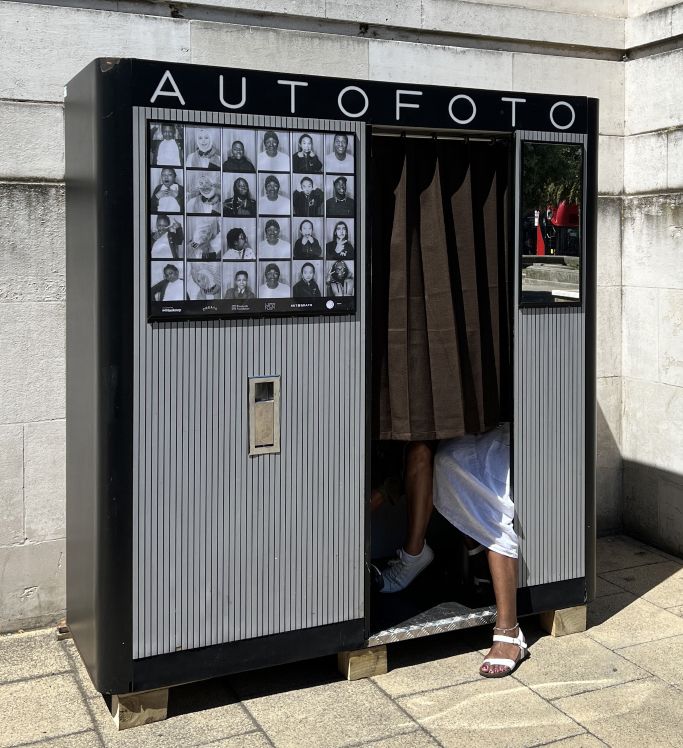
Quin, AutoFoto’s Creative Director, and I discussed the current allure of the photobooth and how it still draws attention in our digital world. “There are so many filters designed to recreate that photobooth effect in the digital world. If we’re speaking of allure, then the photobooth is obviously the original beauty filter,” said Quin.
She continued to speak about the photobooth’s unique beauty: its beautiful rendering, small format, monochrome prints and privacy. Quin also spoke about the connection the photobooth brings. “…the closeness of people, crammed in, bodies squeezed, breaking the ice. Being together, crowding around the freshly delivered strip, is always, always exciting. It’s so beautiful to see that social element.”
Everyone has their own photobooth stories, and I asked Hortala Vallve and Quin to share one of their perosnal fondest memories…
Quin:
“I took this photo of a clock to capture how many seconds between flashes. I don’t think we’d ever properly counted this before, and anyway, the experience of time is also relative… sometimes the flash comes too quickly, and sometimes it feels like you’re waiting forever for the next one.
So this image was proof! As the photobooth is a very timeless genre of image, it felt strange to switch a human face with a clockface that doesn’t belong in this space. But I love images that visually explain something and carry clues about their context.”

Hortala Vallve:
“Aside from having a huge series of family photos of us and our daughters (one person each frame), we are always testing out images in the photobooth to understand its boundaries.
Our daughters also love spinning the stool up and down. So we wondered what it’d be like to use it as a mini-roundabout, spinning them while taking the photo. This led to a series of images with weightless hair and a gradually decreasing height as the stool wound lower and lower until they were out of shot”.

Strike a Pose! 100 Years of the Photobooth
With the photobooth being such a diverse tool for image-making, I was eager to learn how the team at The Photographer’s Gallery began to create their vision for the exhibition.
I was able to speak to Taous Dahmani, a curator at The Photographers’ Gallery, who told me:
“When we first began planning Strike a Pose!, our starting point was Raynal Pellicer’s remarkable collection of photomaton strips. In 2011, he published a book that offered a broad overview of this material, and that became our visual blueprint”.
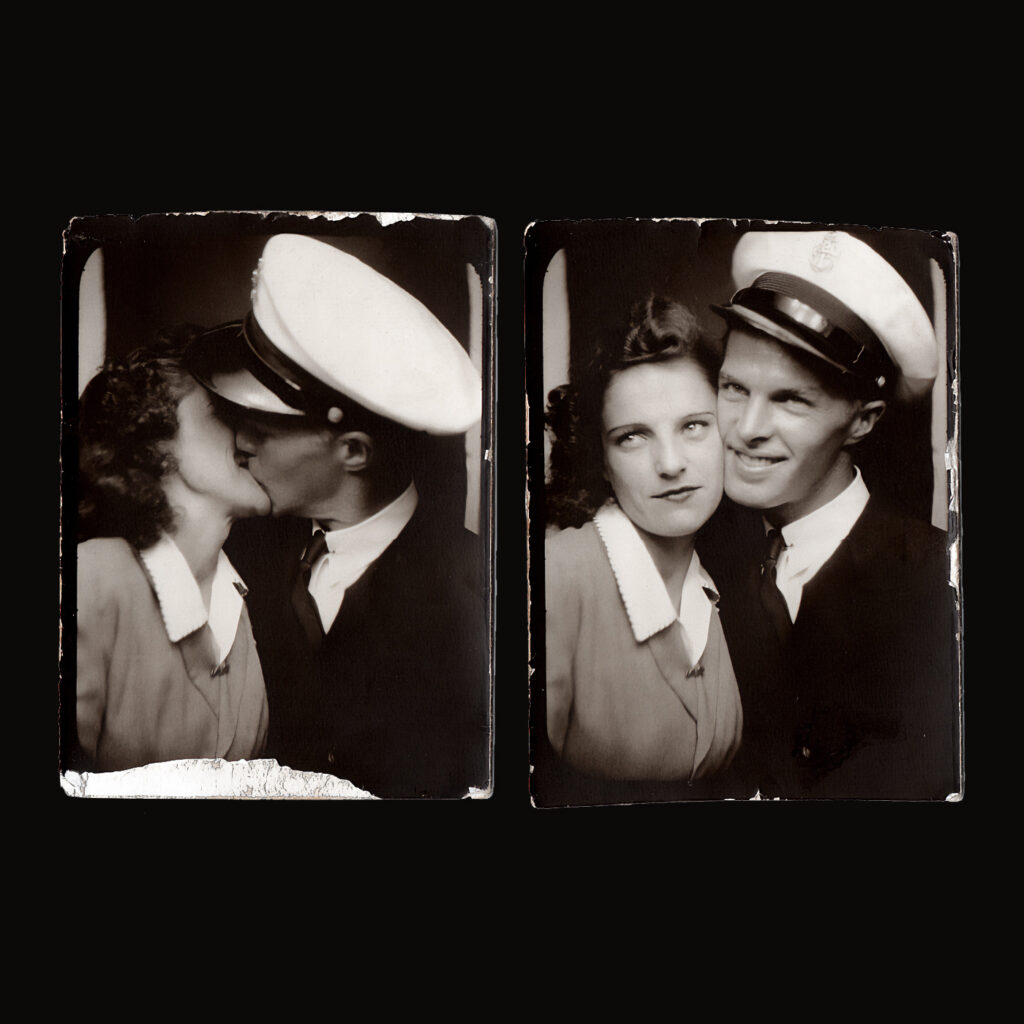
Raynal Pellicer
“From there, we started shaping how the collection might come alive in a physical space as a story of photobooth strips from the first half of the 20th century. The collection is largely made up of European and North American sitters, but it’s also enriched with wonderful materials, like press cuttings documenting the arrival of the photomaton in the UK. Bringing these elements together allowed us to balance the intimacy of the portrait strips with the wider cultural history they represent.”
The photobooth is unlike any other form of photography, in that it’s such a small format. When we think of photography exhibitions, we imagine large, high-quality prints hanging from wall to wall, not small strips of four.
Being so niche, it had the potential to spark several challenges for Dahmani and the team. “It is definitely a niche, but like many niches, it has a passionate community of enthusiasts and specialists who were an invaluable resource in shaping the display,” she explained. She added, “From Raynal Pellicer to Rafael and Corinne at Autofoto, their insights and knowledge helped us think more deeply about how to present the work.”
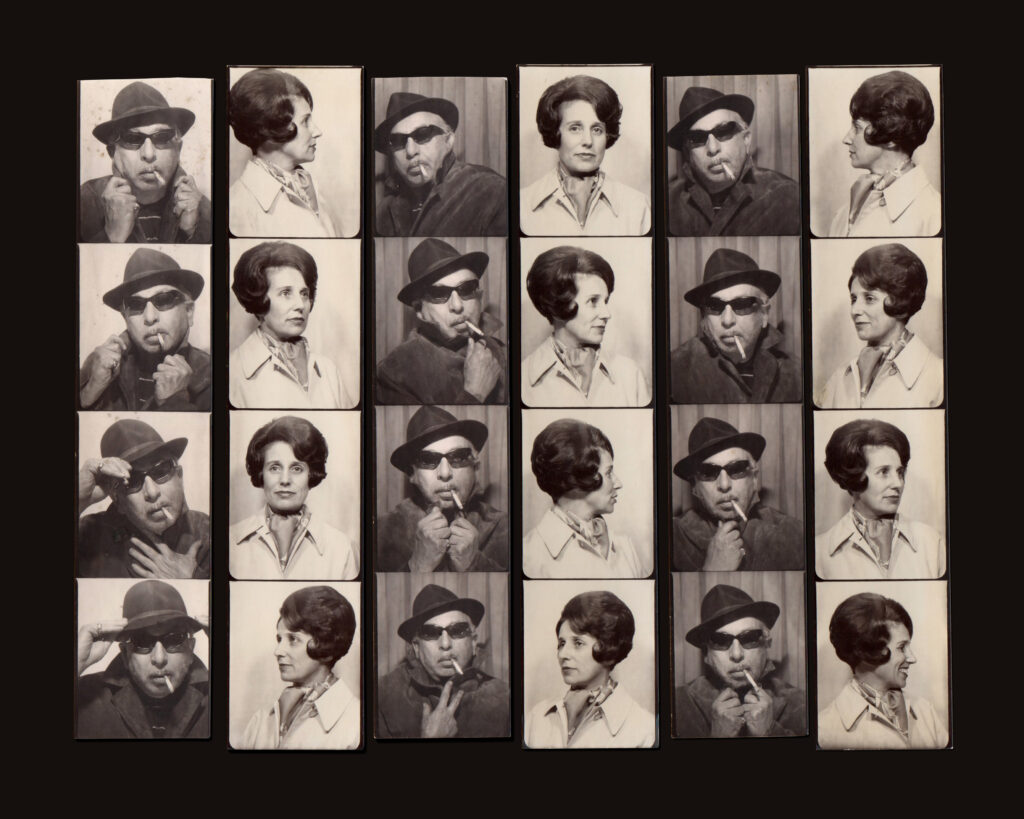
Raynal Pellicer
As the exhibition goes live, it’s an opportunity for visitors to not only see the photobooth in its present form but also delve into its colorful past. For all involved, it was important that the exhibition uncovered the many layers of the photobooth’s history, starting with Anatol Josepho’s 1925 Photomaton as its foundation.
Dahmani told me that visitors can expect to enjoy a journey through technology and invention, commercial venture, playfulness and experimentation, as well as the booth’s role in surveillance. There’s also a pop-up booth so attendees can experience the pleasure of the booth themselves.
On why such a diverse deep dive was the path to take, Dahmani closed with, “Presenting these contrasts was key because they reveal why the photobooth continues to fascinate us today.”
For further details and to book your tickets, head over to The Photographer’s Gallery website. To learn more about AutoFoto, you can check out their website and Instagram.
More reading: Prospect Park: Jamel Shabazz Finds Humanity Where It Still Thrives
Want your work featured on Them Frames? Pitch us.
